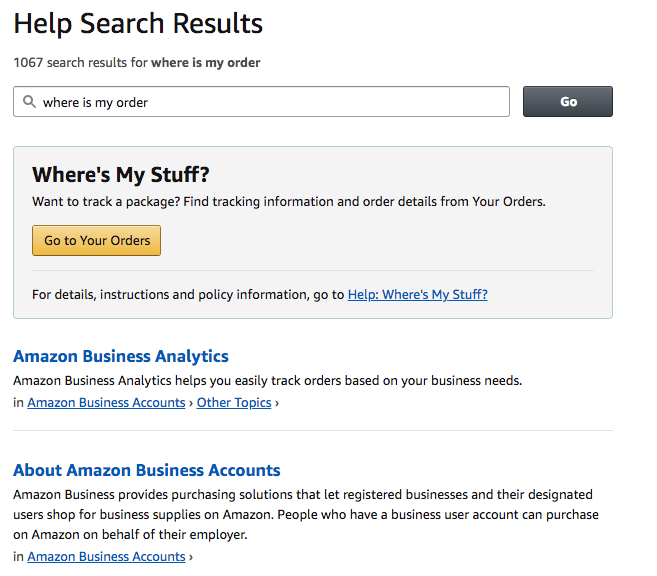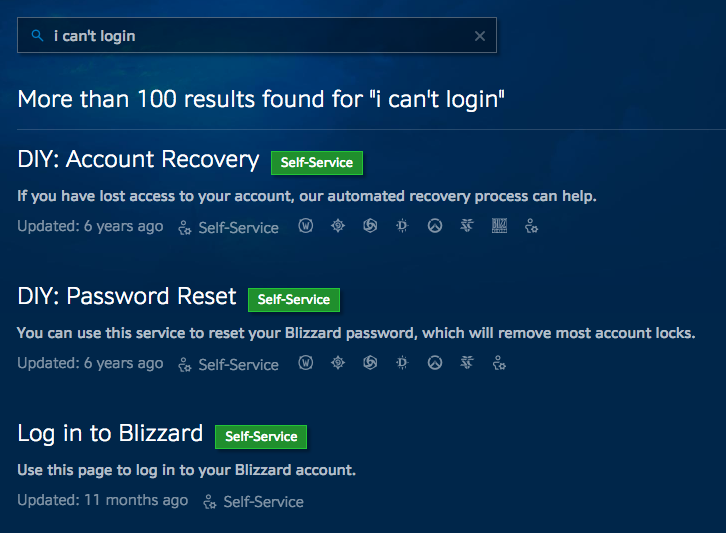In today’s consumer markets, DIY has new meaning. Leading support teams are complementing traditional service methods by providing consumers with more opportunities to help themselves. It works—companies are driving efficiencies and even profit growth in the double digits. But as you get started, be sure you’re not sending your customers down a rabbit hole.
Humans are naturally resourceful creatures. Whether we’re installing new software or assembling IKEA furniture, the last thing we want is to end up stuck on the phone or waiting for an email. Still, more than 67% of customers continue to deal with tedious or ineffective phone support, and over one-quarter of customers receive ineffective support via email.
Ask yourself for whom your support channels are working—you or your customers? Customer support leaders may invest heavily in direct human response channels like phone and email, but that’s not always the best service route for customers. From 2016 to 2018, service interactions via email and phone have fallen by 7%. Lack of effectiveness is the main cause of these consumers’ frustrations.
Why Self-Service Matters
Millennials are coming of age in consumer markets, bringing with them $200 billion in annual buying power as the new largest consumer demographic. One overarching characteristic of this generation is they want solutions fast. This can cause problems for support teams who emphasize phone and email support over more convenient and potentially more robust self-service models.
Despite what naysayers may believe, millennials are highly likely to develop brand loyalty. But that’s a two-way street—shortcomings on product and service guarantees can send your brand spiraling. And 69% of millennials claim they “feel good” about themselves and a company when they solve problems via self-service channels, without direct customer support.
Support teams can improve self-service channels by creating dynamic, accessible content that evolves with product changes and the needs of consumers. But content is too often unmanageable to service teams, trapped in siloed knowledge bases that are tricky for customers—and even your team members—to navigate. Amazon is an example of a company that has solid human customer support but their help center often points customers back to their own account for resolution, making the process feel circuitous at best.

Understanding Deflection
Despite how it sounds, deflection is a thoughtful and practical technique that can transform customer satisfaction and service outcomes. It’s the process of reducing the degree of inbound service requests by providing relevant and smart solutions customers can access themselves. Analytics solutions can even track these events to help measure service success and improve knowledge creation—the process of updating stale content or optimizing self-service resources.
Knowledge goes stale quickly, and it’s often trickier to keep all customer touchpoints updated than to lean on retraining service teams. When stale knowledge bases persist, it can also cause dissonance when support teams do communicate with customers.
Applying best practices to your knowledge creation process enables you to better educate your agents—creating internal knowledge functions—and better serve your customers throughout their journey. With quality content, you can put your best knowledge forward, before customers have to submit a request.
You can still be proactive with self-service. Intelligent automation can present customers with the right answers up front, providing the right solutions with zero wait time. This reduces friction for your customers and removes repetitive tasks for your agents.
Optimizing Your Self-Service Content
You can take four steps right now to improve your deflection rates and drive customer satisfaction. Put these best practices into action and focus on keeping your knowledge, content, and service quality at their peak performance levels.
1. Organize your content clearly in alignment with the customer journey. Start by focusing on the biggest areas of frustration for your customers. Develop a deep understanding of those issues before developing your content. Most customer issues start from only 20% of content about your product. And, a lot of times it’s basic login trouble. Blizzard, a leading gaming company, does an excellent job of making their self-service content easy to find. While hundreds of results are identified, the top three are highlighted for easy access.

2. Assign ownership of the knowledge creation process. Connect support teams with the knowledge experts in your company. Empower those experts and develop routines that help you update with fresh content on an ongoing basis. Incorporate feedback from your support teams as well. Knowledge and content creation should be an evolving process during which all relevant team members help empower your customers.
3. Measure content success. Traditional metrics like CSAT, customer feedback, and employee feedback can help you measure content success. Deflection rates compared with support reduction—lowering the number of call-ins regarding subjects supported in your self-service content—provide more sophisticated metrics for success.
4. Evolve your content. Investigate different formats, such as video and moderated online support communities. Optimize your processes as well, starting knowledge creation at the product development stage. Finally, show your customers that you’re on top of it—be open, show that you listen to them, and help them realize the support you provide them is always headed in a positive direction.
Squarespace, a progressive content management SaaS provider, is an example of a company that uses video well to round out its support offerings.

Let’s continue the dialog. You can reach out to me directly at [email protected].



